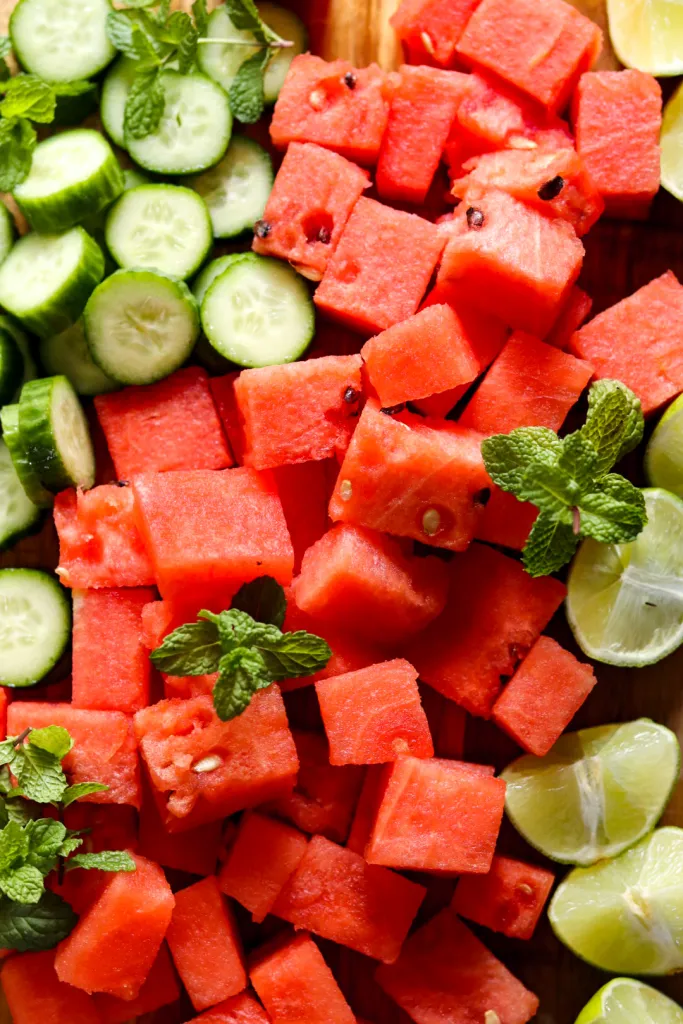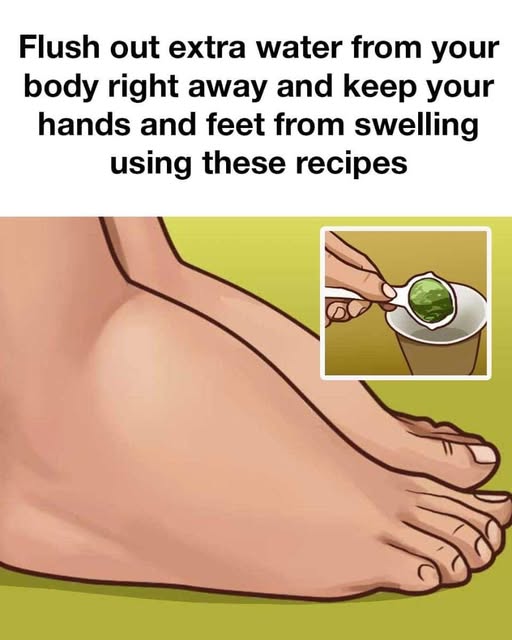Making certain dietary adjustments can significantly impact water retention. Reducing sodium intake, increasing the consumption of potassium-rich foods, and avoiding processed and junk foods can help; these contain preservatives and additives that contribute to fluid build-up. Incorporating a balanced diet rich in fruits, vegetables, lean proteins, and healthy fats is key.

Foods that Help Flush Out Excess Water
Certain foods have diuretic properties, meaning they promote the production of urine and help flush out excess water. These include cucumbers, watermelon, celery, and citrus fruits. Additionally, foods high in potassium like bananas, avocados, and sweet potatoes aid in balancing the body’s fluid levels.
Herbal Teas for Reducing Swelling
Herbal teas, such as dandelion tea, green tea, and parsley tea, can be effective natural remedies for reducing swelling. These teas have diuretic properties that help eliminate excess fluids. Drinking a cup or two daily can aid in de-bloating and reducing puffiness in hands and feet.
Epsom Salt Soaks for Hands and Feet
Epsom salt baths can provide significant relief from swelling. The magnesium sulfate in Epsom salts helps draw out excess fluids and reduce inflammation. To make an Epsom salt soak, mix 1/2 cup of Epsom salt in a basin of warm water and soak your hands or feet for 15-20 minutes, several times a week.

Easy-to-Make Anti-Inflammatory Smoothie Recipe
Anti-inflammatory smoothies can boost your intake of essential nutrients and help reduce water retention. Here’s a simple recipe:
Blend 1 cup of kale, 1 cup of pineapple chunks, 1/2 cucumber, 1 tablespoon of chia seeds, 1/2 lemon (juiced), and 1 cup of coconut water. Drink this smoothie in the morning to start your day with a hydrating and anti-inflammatory boost.
Natural Diuretic Drink Recipe
A natural diuretic drink can help flush out excess fluids. Combine 1 cup of watermelon, 1/2 cucumber, 1/2 cup of cranberry juice, and the juice of 1 lemon in a blender. Blend until smooth and drink in the morning or early afternoon for the best effects.
Hydrating and Detoxifying Soup Recipe
A hydrating and detoxifying soup can be a soothing and effective way to reduce water retention. Here’s a recipe: Sauté 1 onion (chopped) and 3 cloves of garlic (minced) in 1 tablespoon of olive oil. Add 4 cups of low-sodium vegetable broth, 1 cup of chopped celery, 1 cup of chopped carrots, 2 cups of spinach, and 1 tablespoon of fresh parsley. Simmer for 20-25 minutes, and add salt and pepper to taste. Enjoy this soup as a part of your meals to help eliminate excess water and toxins.

Lifestyle Changes to Prevent Water Retention
Implementing certain lifestyle changes can also help prevent water retention. Regular exercise promotes circulation and reduces fluid buildup. Elevating your legs, wearing compression stockings, and maintaining a balanced diet are also effective strategies. Additionally, managing stress and ensuring adequate sleep can improve your body’s ability to regulate fluids.
Conclusion: Maintaining a Balanced Fluid Level
Maintaining balanced fluid levels in your body is crucial for overall health and well-being. By understanding the causes and symptoms of water retention and incorporating dietary, lifestyle, and natural remedies, you can effectively manage and reduce swelling. Staying hydrated, eating a balanced diet, and making knowledgeable health choices are essential steps toward achieving and maintaining balanced fluid levels.

